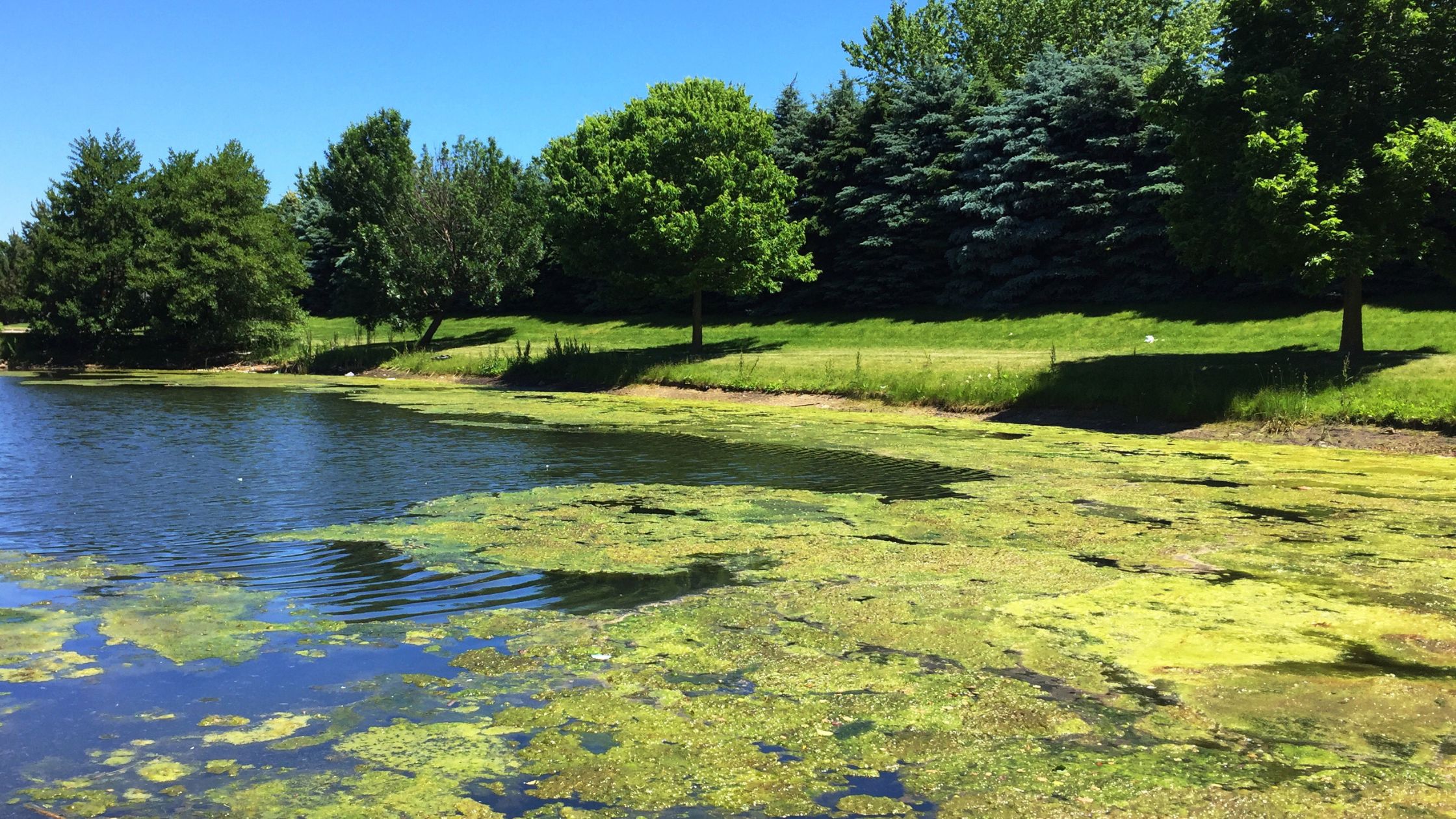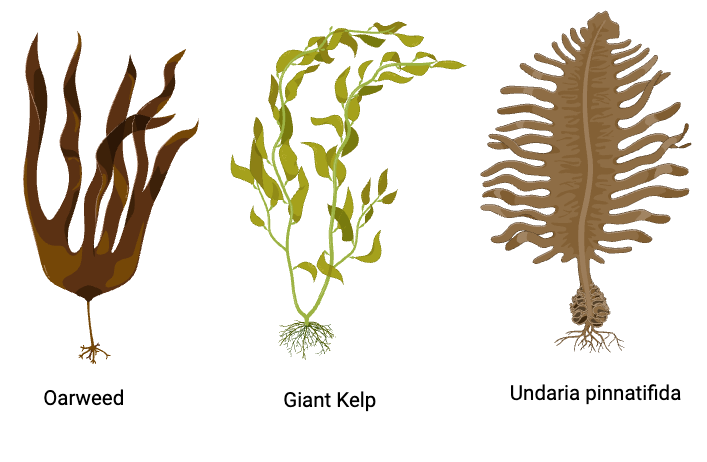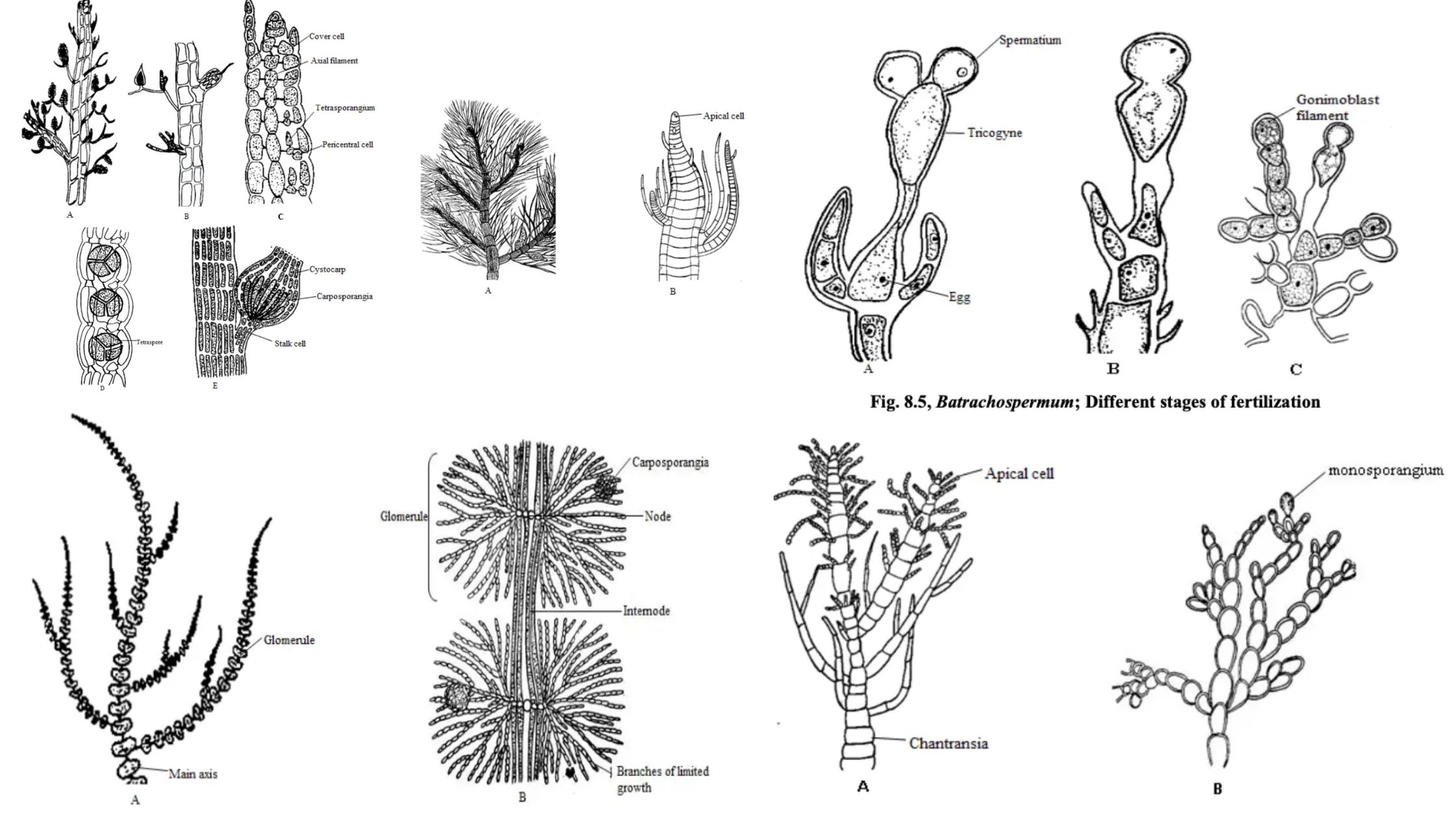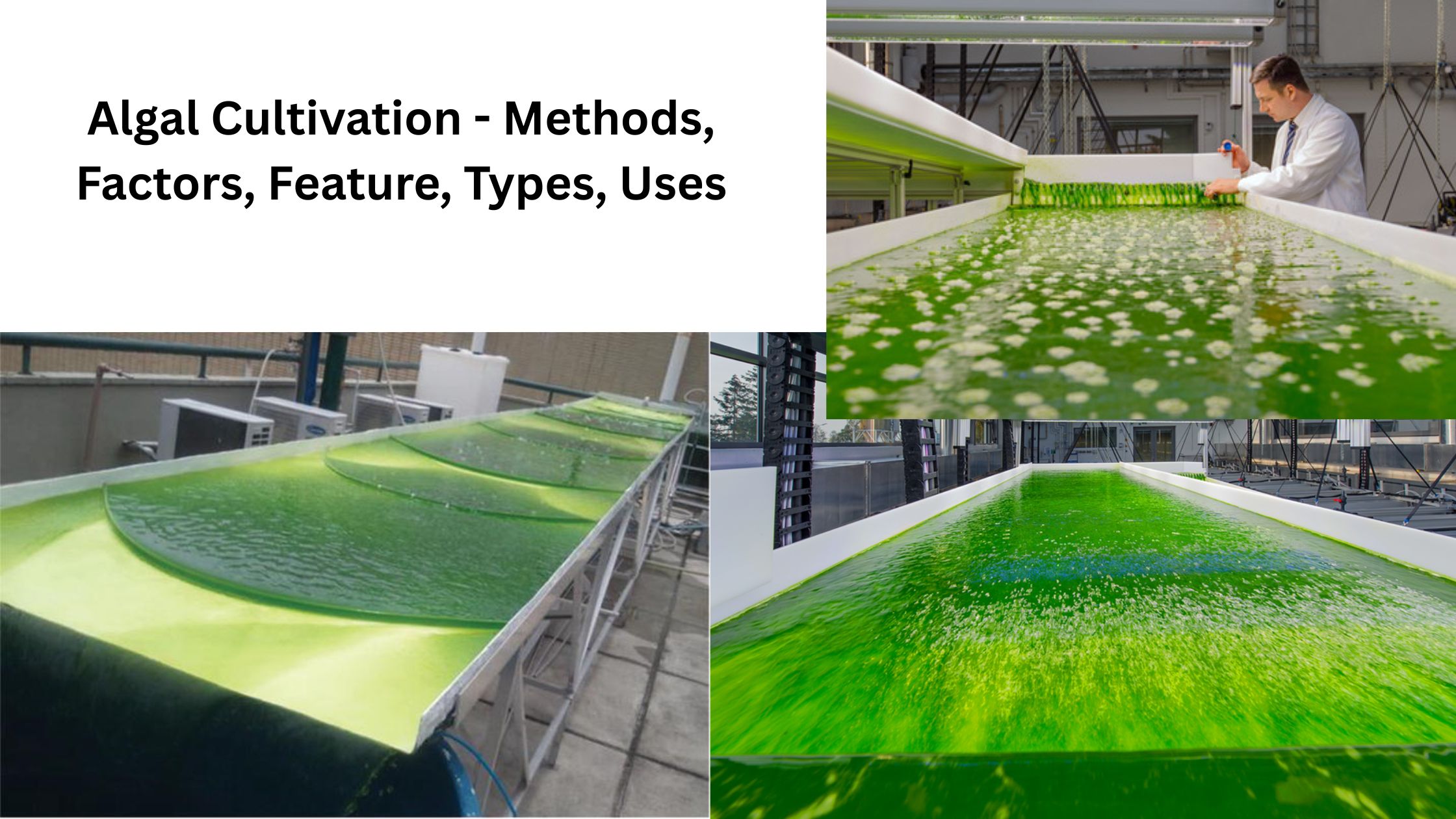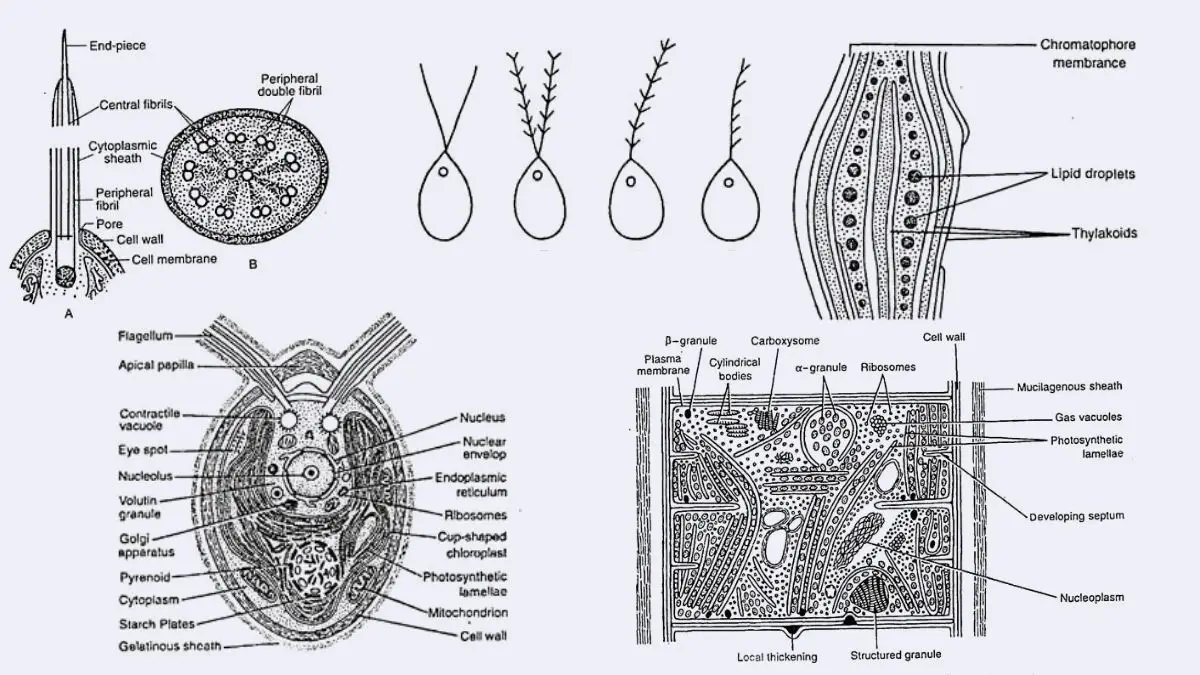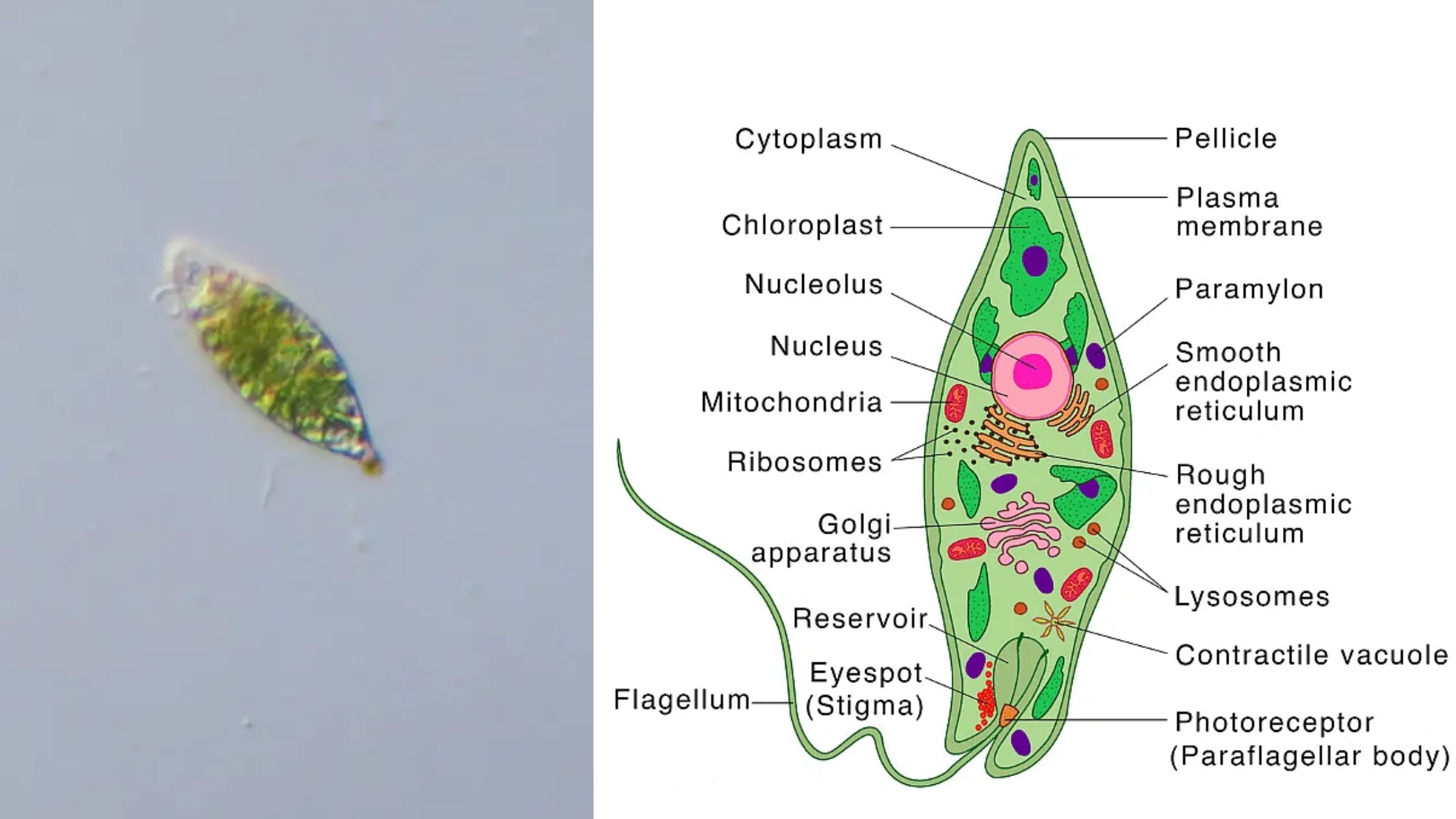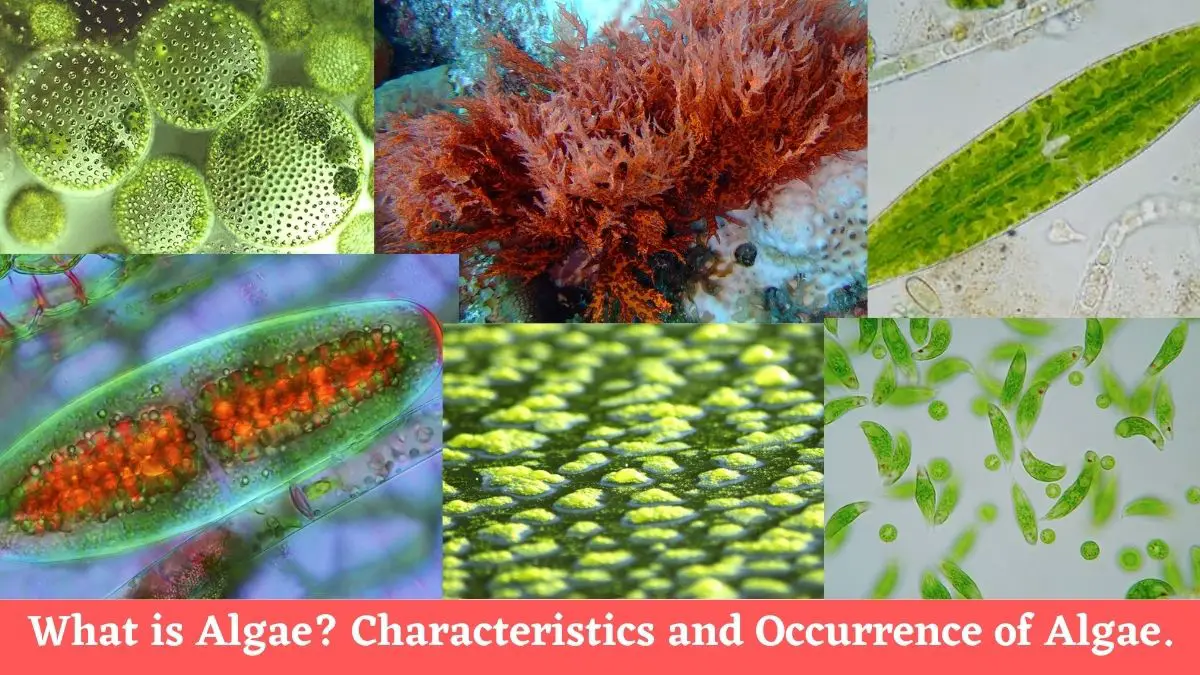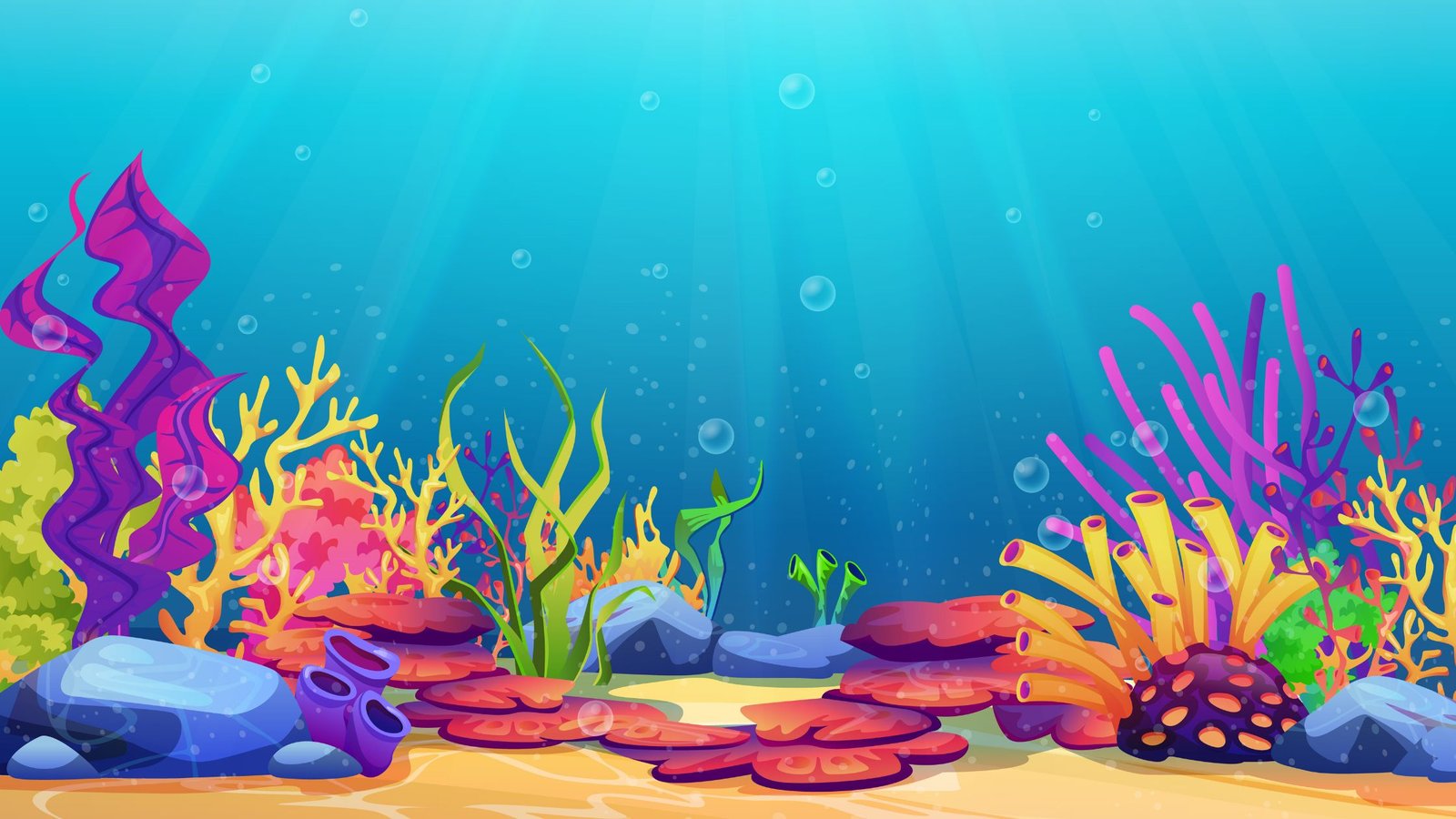What are Toxigenic Algae And Algal Food Poisoning?
Toxins produced by some notable Algae Dinoflagellates Dinoflagellates produce potent neurotoxins, which affect nervous system of animals and humans, and are often implicated in shellfish poisoning. Brevetoxins are made by Karenia brevis and bind to voltage-gated sodium channels, causing neurotoxic shellfish poisoning (NSP). Saxitoxins (and related paralytic shellfish toxins, PSTs) are produced by Alexandrium and … Read more
